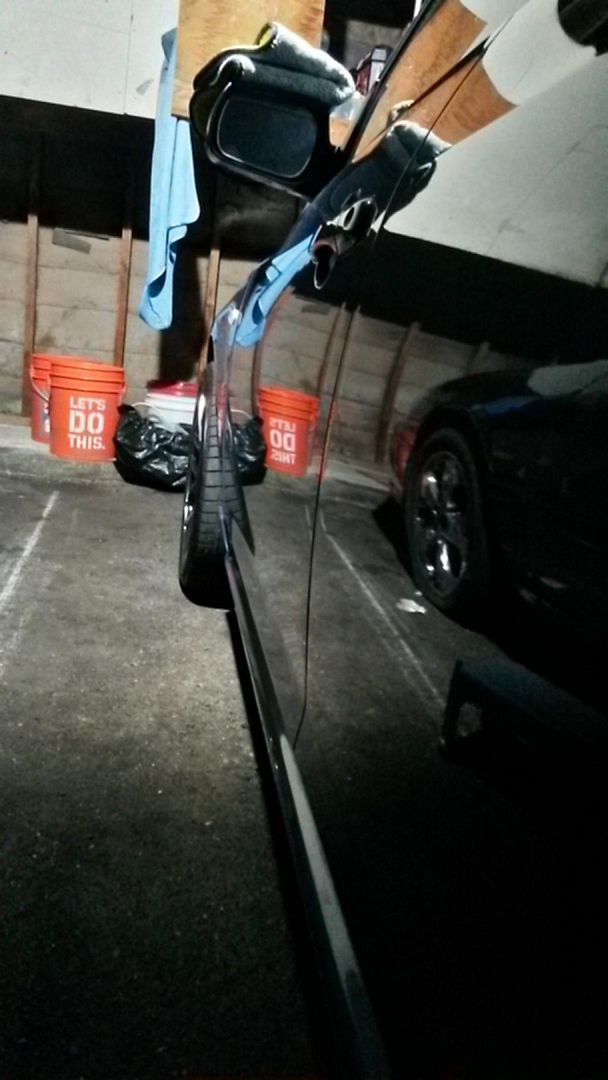This is some very insightful information here!
I've been pondering this myself.
1. Will an open cell pad be less efficient in breaking down the abrasive?
2. Would reducing the amount of product applied to the pad mitigate the reduced pressure offered by an often more pliable open cell pad, and the possibility of pad saturation?
I predominantly use smat polishes on open cell pads (and microfiber) and find that kbm/too much product hinders overall performance, and over saturates the pad. I also find that I don't need much pressure to achieve cut with that set up. The two open cell pads I use most are the green the logic, and pink ccs.
However, with the Menzerna polishes in my cart, I'm leaning towards Cyan Hydrotech for the 400, and White flat for the 4000 on the PC. I feel like the extra rigidity of the Cyan will really assist in getting the most out of that FG 400.
1. I have no concrete evidence that an open cell pad takes longer to break down DAT based polishes. But IME personally, I have achieved better results with Menzerna polishes on closed cell pads rather than open cell pads. With a closed cell pad, less product is needed and more of that product stays on the face of the pad rather than being absorbed into the foam.
Also, a flat faced closed cell pad ensures maximum performance from DAT based polishes as it forces and even 100% of the product to work at the same time. With an open face pad, bits of polish will be re distributed as centrifugal force dictates and thus introducing a continual fresh set of larger abrasives into a mixture of smaller abrasives that are in the process of being broken down.
Yes, I may be nit picking but I like to ensure that every component of my selection Machine, pad, polish etc) are all working in harmony to achieve their utmost performance.
2. Yes. With DAT based polishes you need a firm yet pliable pad with closed cell construction to ensure that the polishes is evenly broken down in an efficient manner without over saturation into the pad. This style pad selection for DAT polishes ensures maximum performance IME.
The KBM method with DAT polishes regardless of pad choice greatly hinders the ability of said polish to perform at maximum performance often with less than desirable results. Here you want to ensure that said DAT polish is taken from 100% in a fresh state to fully exhausted 0% and that no cross contamination i.e. mixture of fresh polish with partially broken down polish occurs. Hence the reason I feel that CCS pads are not a great pad for DAT polishes.
Now with a closed cell pad regardless of machine choice you want to be rather heavy handed at first to engage the abrasives to break them down and cut the paint. After 2-3 passes ease up and finally come to no downward pressure on the last 1-2 passes. Here you may be at the 6-8 section pass range but will find that even with FG400 on a closed cell cutting pad you effectively remove the defects while finishing out impeccably well for such a heavy polish.
If you decide to pick up the Cyan Hydrotech cutting pads, may I suggest grabbing the Tangerine polishing pads to use with SF4000? This will give you better performance over the white pad.
